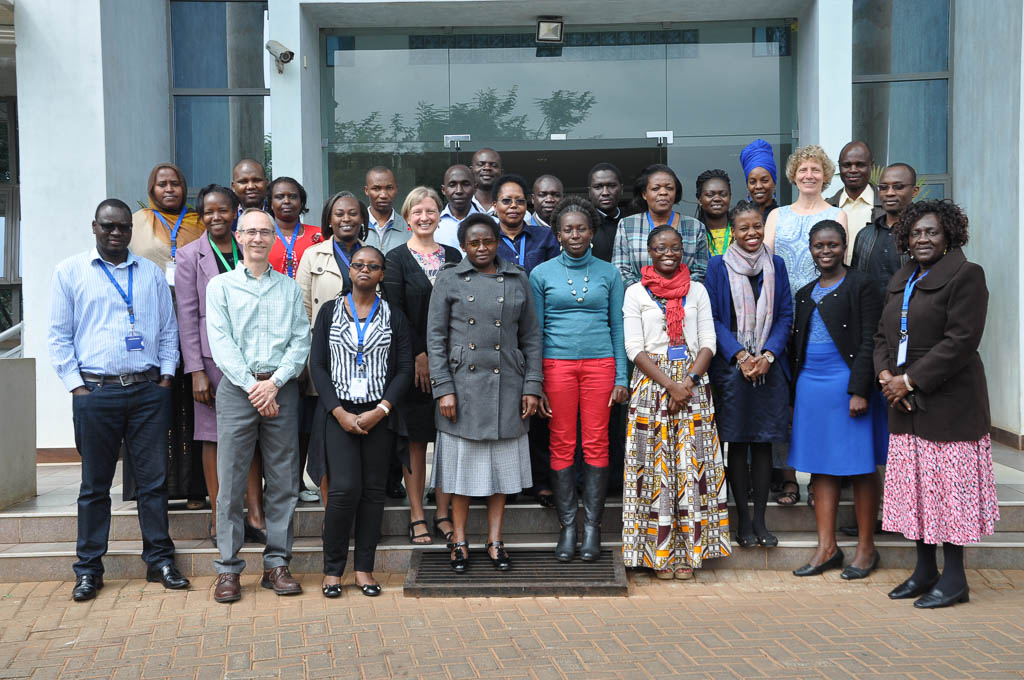
Benjamin Hartman is a 2016 Summer Diversity Fellow at the MPC. As part of his fellowship, he learned how to take unprocessed data to produce harmonized IPUMS-I data and documentation, make GIS maps, and conduct his own case study investigating the spatial dimensions of internal migration using the Cambodian census. Hartman worked with his colleagues in IPUMS International to create this blog post.


